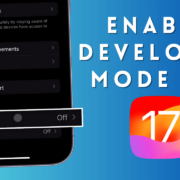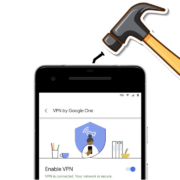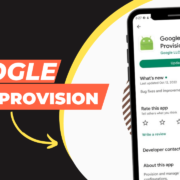Our digital world has increased demand for audio transcription service companies like never before. Businesses from diverse industries rely on transcription to convert spoken content into written form for communication, documentation, and accessibility reasons; but traditional transcription methods often present challenges like accuracy issues and longer turnaround times than AI-powered transcription does – which revolutionized this sector entirely!
1. Improved Accuracy
AI-powered transcription systems employ sophisticated algorithms and machine-learning techniques to significantly boost accuracy. By continuously processing large amounts of data, these systems constantly fine-tune their transcription capabilities resulting in stunningly precise transcripts. Furthermore, their AI algorithms adapt easily to accents, dialects, and speaking styles to capture accurately any nuance found within original audio content resulting in transcripts with unparalleled realism capturing all nuances accurately without manual correction; further increasing quality and reliability within transcription services globally.
AI-powered transcription systems offer businesses another advantage by filtering out background noise to provide clear transcripts that are easy to comprehend – this capability proves especially helpful in noisy environments or recordings with poor audio quality where traditional transcription methods often struggle to produce accurate transcripts. By providing transcripts with unparalleled accuracy, these AI-driven systems empower businesses to extract insightful knowledge from audio content with confidence.
2. Faster Turnaround Times
One of the key advantages of AI-powered transcription is its rapid turnaround times compared to traditional methods. AI algorithms process audio data extremely rapidly, allowing transcription tasks to be completed much more rapidly using this accelerated workflow solution than with manual methods alone. Businesses can therefore meet tight deadlines faster while adapting quickly to changing demands for improved productivity and efficiency.
AI-powered transcription systems also make for quick task completion even with large audio data sets at once, enabling multiple files to be transcribed simultaneously and swiftly even under high demand periods. As a result, businesses can streamline their transcription processes without sacrificing the quality or accuracy of work processes.
3. Enhanced Accessibility
Artificial intelligence transcription plays an integral part in improving accessibility by making audio or video content more readily available to a broader audience. Transcripts generated by AI systems serve as written representations of audio or video material, making it simpler for individuals with hearing impairments or language barriers to gain access. Moreover, transcripts enhance the overall user experience by helping individuals search, navigate, and engage more efficiently with audio content.
AI transcription solutions also feature multilingual support, expanding accessibility and reach even further for businesses operating globally or producing multilingual content. This capability makes AI transcription solutions especially valuable when conducting global operations or producing multilingual material.
4. Customized Solutions
AI transcription solutions offer unparalleled customization to meet the diverse needs of different industries and clients, catering specifically to each one’s vocabulary, terminology, and industry jargon – so transcriptions meet each client’s requirements accurately. Furthermore, AI solutions may even be tailored specifically for use cases that address individual challenges within various businesses – providing tailored solutions designed specifically to address challenges across diverse fields.
AI transcription solutions also integrate seamlessly with existing workflows and software platforms, offering seamless compatibility. This interoperability ensures businesses can add transcription services to their existing processes without incurring disruptions or inefficiencies; whether legal documents, medical records, or technical interviews require transcription services – AI solutions offer custom transcripts tailored specifically for clients enhancing efficiency and productivity.
5. Integrating Human Intelligence
AI technology plays an increasingly vital role in transcription, yet human transcribers remain essential to ensure the quality and accuracy of outputs. Human transcribers refine AI-generated transcripts by correcting any errors they find as well as making sure final output meets high standards of quality. Furthermore, human transcribers can interpret subtleties like context or emotions found within audio content to produce transcripts that not only capture accurate descriptions of audio but are also nuanced and contextually appropriate.
Human transcribers play an essential part in quality assurance and control processes, beyond simply refining transcripts. They review transcripts to verify accuracy and completeness while correcting any discrepancies they find; moreover, human transcribers provide invaluable context that AI algorithms miss, leading to transcripts that are both more accurate and meaningful.
Conclusion
Artificial intelligence-powered transcription has transformed the transcription industry profoundly. From increased accuracy and faster turnaround times to enhanced accessibility and customized solutions, AI transcription offers businesses numerous benefits that enhance productivity. However, businesses need to understand that AI works best when combined with human intelligence – by harnessing both capabilities together for maximum transcript quality while meeting digital demands in an age of constant data digitization.














